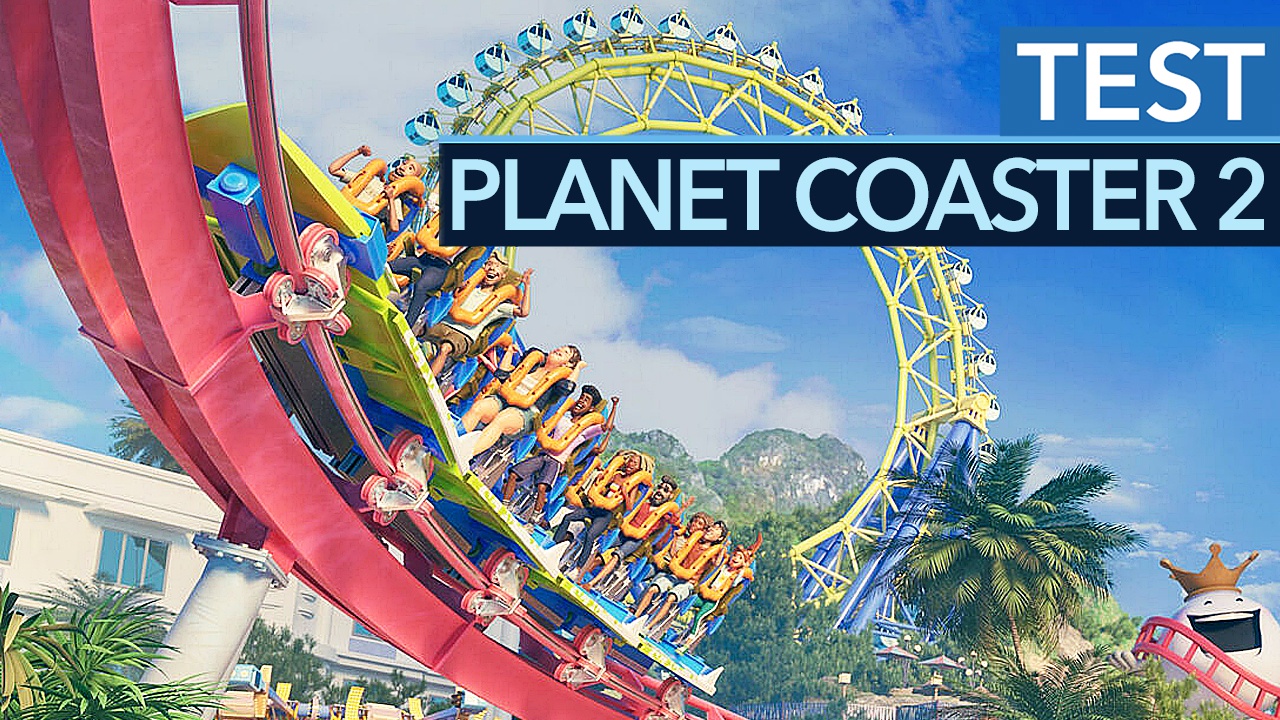street fighter 6 It’s taking shape, and it’s probably one of the greatest apologies in gaming history — in the video game world, a lot of developers have had to admit embarrassingly that their previous projects, you know, were kind of rubbish.I have always been a staunch supporter street fighter 5and it got better and better over time…but god knows, the difference between SF5 and SF6 is day and night.
Of course, I’ve already played Street Fighter 6. But this new sit-in, with the Tokyo Game Show version of the game, is slightly updated and different from the previous version I spent an hour or so on. Here’s what’s new this time:
- Four additional playable characters bring the total to eight for this version of the game.
- The newcomers are; Juri of SF4 fame, two SF2 characters in Guile and Ken, and SF6 newcomer Kimberly.
- Two new phases; Tian Hongyuan (probably in a traditional region of China) and the aircraft carrier Byron Taylor (the stage for Guile, a military aircraft carrier), bringing the current total to four.
- Two new commentators announced by Evo; SF community legends Steve ‘TastySteve’ Scott and James Chen. They join the two existing commentators.
I want to start with what seems to be the least important part of this update – the new reviewer. And, um… I’m impressed? Of course, reviews in video games are always a bit mixed. It repeats itself, becomes stale, and is often the subject of memes (especially in traditional sports games). But Street Fighter 6 has a neat solution to these ills — and it might work.
Specifically, there are actually not just one, but two, narrators in SF6. In fact, it’s inspired by how often tournament reviews really work. One commentator tackles “game by game,” reacting to the minute-by-minute details of what’s going on. Meanwhile, when the action isn’t as intense, “Color” commentators fill in with jokes and insight. This is how commentary works in many sports – Capcom has incorporated it into SF6.
The clever thing is that you can have just one of them if you want – or you can mix and match the reviewers. For example, the only color commentator revealed at the moment is James Chen, but you can pair Chen with TastySteve, Vicious, or even Japanese commentator Aru, who will have a simulated back-and-forth game during the course. If you want, you can even have commentators side with specific players and cheer them on more explicitly.
It’s amazing how well this system works. It’s hard to understand when you’re actually playing because you’re more focused on the game, but for a while I set the game up with two 8-class CPUs running and sat down and listened to the commentary. Really! Compared to the previous version, the added color commentary has increased a lot – Chen is in the same style he uses in the real game and obsessively references the announcer of old Street Fighter games, twittering references to games like Street Fighter Fighter Alpha Shout out “Broken!” or “It’s all about your skill!” at the start of the round. Meanwhile, TastySteve’s comments became more specific, mentioning spacing, meter usage, footsteps, and the danger of being pushed into corners.
You can approach one of these three ways as I see it. First, you can turn it off and have a traditional Street Fighter experience. Second, if you’re playing on stream or with other people in the same room, you can treat it as something for the audience. In the end, you can actually think of it as a learning aid, and paying attention to what the reviewers say might give you a clue as to whether you’re doing something right or wrong. It’s a cool system and I want to pay for it for now. I look forward to seeing more commentators exposed (I really hope Yipes is an upcoming commentator of color).
But, well, enough is enough. What about the characters? How to play it? Hmm, still wonderful. If you don’t understand Street Fighter 6’s core mechanics, such as the game-changing drive system, I recommend that you first read my in-game hands-on where I introduce these systems (linked at the top of the page). However, spending a little more time with them means I am more intimate with them now.
On a broad level, I now really feel that the Drive System is a very clever and elegant solution to many of the problems with Street Fighter 5’s V system. There are fewer columns to manage, and basically all of the core systems except Supers are now tied to a single column. It took some getting used to, but in my second hands-on, I finally got to work – which meant I had more control over my mushy urges and less drain on my drive meter.
It feels like being on the ground in mid-range areas and going back and forth is more exciting in this game – more like Street Fighter 4 actually. And with eight characters to choose from (just over a third of the total cast if leaks are to be believed), it’s now easier to see how the system will work across different character archetypes. We’re still missing a catch, though – come on Capcom, reveal “Gief!”.
Guile has always been a thoughtful character – sort of like a tank, keeping a low profile when performing most of his specialties. He feels even more so in SF6. I’m not a Guile expert, but he has slow but strong normals that feel hard to blend in…but once you get in, you can unleash a super destructive hell on your opponent. This is my interpretation of him after a few rounds, but I’m sure he’ll be more of a monster in the hands of more experienced people.
Juri was one of my secondary mainstays in Street Fighter 4, but I’m having a really hard time continuing her SF5 iteration, which is all about charging her fireballs and an almost entirely different move set. This SF6 iteration of the antihero is very similar to SF5, but there were enough of her originals out there that my interest was piqued. She has her diving counter, which is the most important thing to me. It feels like she has some pretty generous hitboxes, but she’s also the character I’ve naturally ended up abusing the drive scale the most — slipping into burnout — probably because, like in SF5, many of her specials feel like A bit soft, leading me to tear off EXes more often.
Kimberly is a joy. As a newcomer to SF6, she’s not exactly a newcomer. The young lady is Final Fight protagonist and apprentice to sci-fi veteran Guy, who is part of a lineage of characters with a specific fighting style that also includes Maki and Zeku. Kimberly showed the most exciting things about SF6, finally bringing us the Street Fighter sequel again. Everything since the ’90s is at least a prequel to Street Fighter 3 – but by moving the timeline forward, SF6 can introduce new faces inspired or trained by older generations. You know it at Kimberly-Clark.
If you’ve played Guy, much of Kimberly will feel vaguely familiar…but it’s also very different. She’s cunning, and she can place traps in the form of exploding spray paint cans. The teleportation was not in a puff of ninja smoke, but in a thick cloud of spray paint. Her animation is full of energy and attitude – although she borrows some of her master’s movements, she’s definitely her own character.
She is also funny. As one friend put it, she’s “all the buttons, no brains”. Granted, that’s a simplistic way of thinking (which involves careful consideration), but it shows that she’s a face-to-face, aggressive rushing character. She had a lot of fun playing and I can’t wait to see her in the hands of a better player than me.
Last but not least, Mr. Ken Masters is highly anticipated, as leaked concept art has him dressed in a way that has fans calling him “The Tramp Ken”. I’m still not sure what happened to his story – if Eliza did take the baby, or something else – but it seems this new future isn’t 100% good for Ken, making him more Ragged and more rugged and ready than the millionaire Ken we got in Street Fighter 5, Under Armour.
Regardless of the changes his character has undergone, Ken is basically the same as his character in previous games. I guess it’s a character design you don’t mess around with because people know exactly how he plays and enjoy the familiarity. Ken has several new kick-based moves, including the Jinrai Kick, which links to several other buttons like a target combo, similar to his superhero (Shippu Jinraikyaku) in some battle games, but otherwise, He felt familiar.
However, Ken is also a great example of how the series gets its visuals. The faces in this game in particular are fantastic; it’s almost as if the team took to heart the blow Capcom took to Ken’s face and hair condition in SF5. Street Fighter VI has a colorful pop and delightful attitude, but it also has a more authentic, down-to-earth style than the first two 3D SF games. It’s needle and thread – I can’t wait to see more of my favorites in this style.
So yes – it’s no surprise that a new version of Street Fighter 6 has more stuff in it. Really good. It’s still my most anticipated game of 2023; I can’t wait to see who’s next. Pray I’ll see my master soon, Cammy…
For more Street Fighter 6 news, check out our first impressions of Street Fighter 6 article, or find out why it’s so important that the game has the much sought-after rollback network code.















